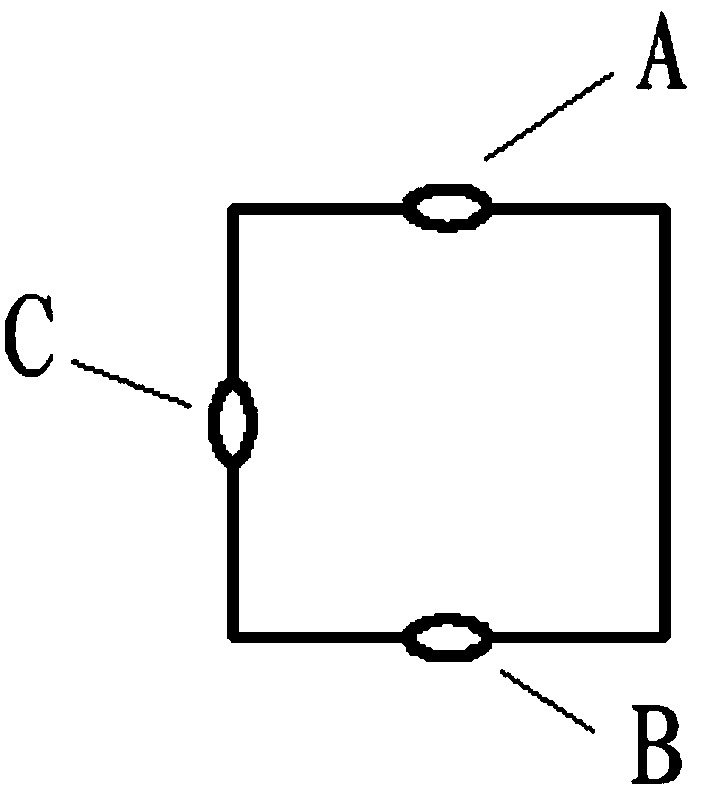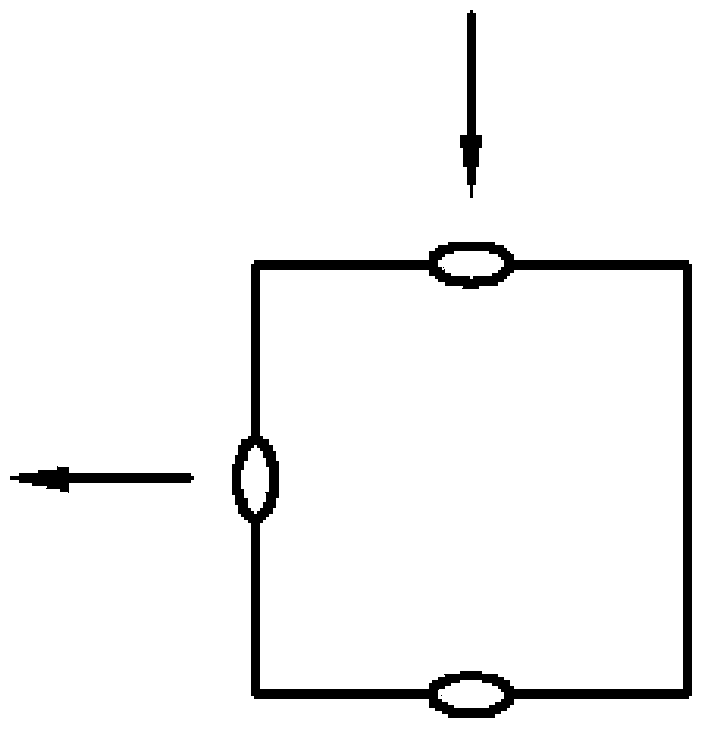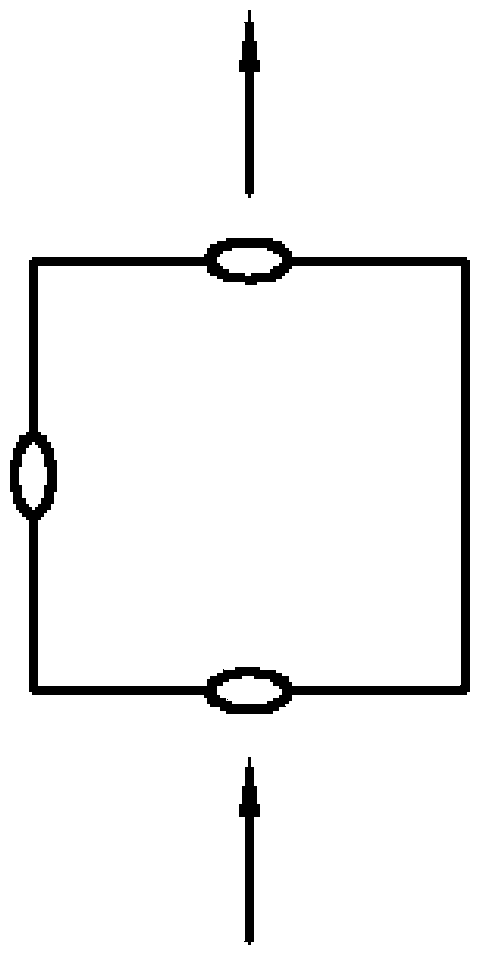Single-optical-port wavelength division multiplexing/demultiplexing photoelectric transceiver device
A wavelength division multiplexing, photoelectric transceiver technology, applied in the field of optical communication, can solve the problems of high assembly precision, independent components, large insertion loss, etc., and achieve the effect of reducing the use
- Summary
- Abstract
- Description
- Claims
- Application Information
AI Technical Summary
Problems solved by technology
Method used
Image
Examples
Embodiment Construction
[0031] The present invention will be further described below in conjunction with the accompanying drawings and specific embodiments, so that those skilled in the art can better understand the present invention and implement it, but the examples given are not intended to limit the present invention.
[0032] The present invention provides a single optical port wavelength division multiplexing / demultiplexing photoelectric transceiver device. The photoelectric transceiver device can be applied to the situation where multiple channel wavelengths of CWDM or LWDM work at the same time. The number of commonly used channels is 4, 8, 16, etc. The structure of the photoelectric transceiver device is the same for different channel numbers, the only difference is that as the channel number increases or decreases, the number of corresponding lenses, filters and circulators increases or decreases accordingly . In theory, there is no upper limit to the number of channels, but in practical ap...
PUM
 Login to View More
Login to View More Abstract
Description
Claims
Application Information
 Login to View More
Login to View More - R&D
- Intellectual Property
- Life Sciences
- Materials
- Tech Scout
- Unparalleled Data Quality
- Higher Quality Content
- 60% Fewer Hallucinations
Browse by: Latest US Patents, China's latest patents, Technical Efficacy Thesaurus, Application Domain, Technology Topic, Popular Technical Reports.
© 2025 PatSnap. All rights reserved.Legal|Privacy policy|Modern Slavery Act Transparency Statement|Sitemap|About US| Contact US: help@patsnap.com



